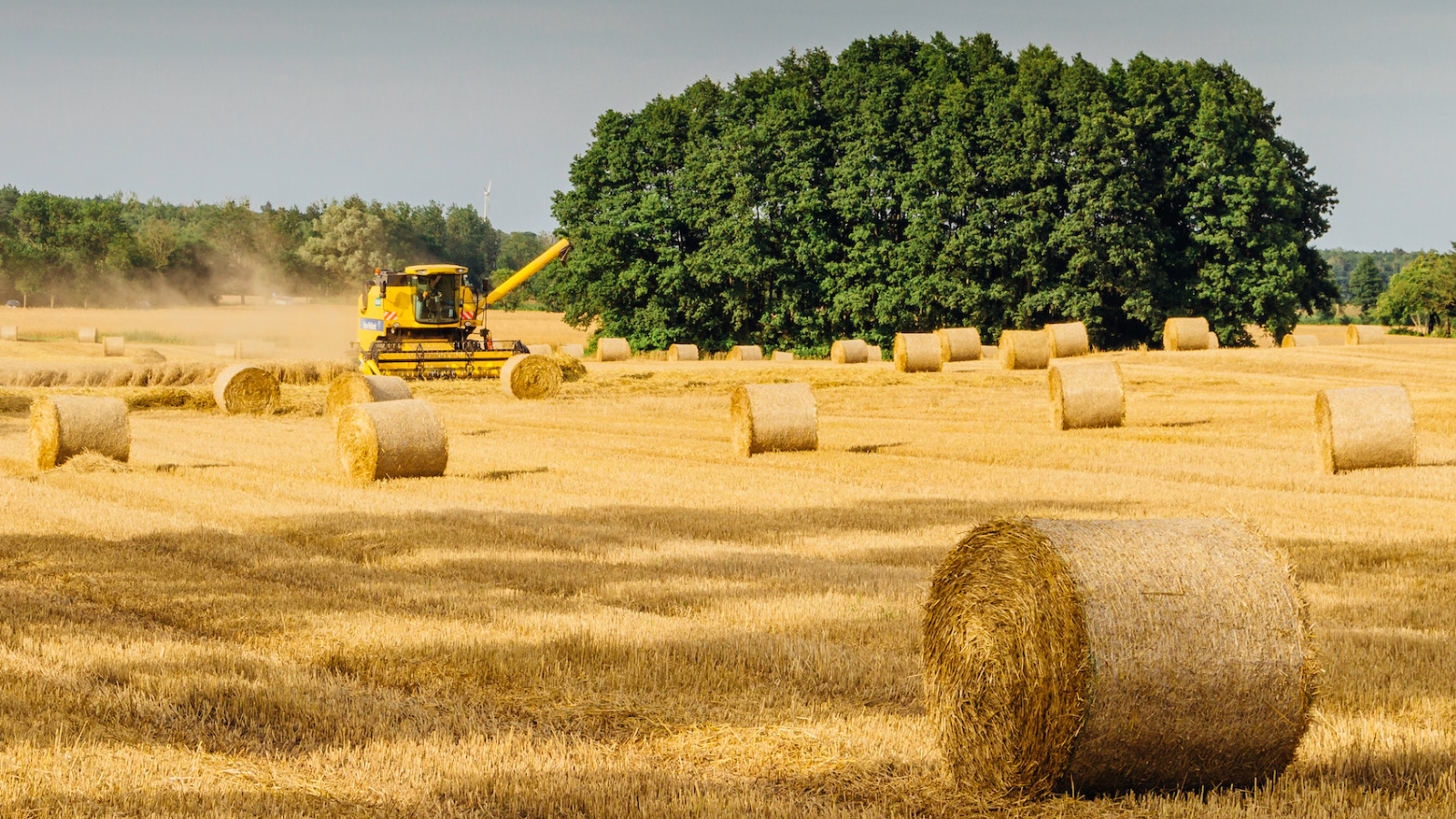There are two primary exemptions that can be applied to farmland to mitigate inheritance tax burdens. These exemptions are known as Agricultural Property Relief (APR) and Business Property Relief (BPR).
APR comes into play when assessing the agricultural value of the land, applying specifically when the land is utilised for agricultural purposes. The duration of ownership and occupation necessary varies depending on the occupant. If the land is occupied by the owner or a company in which they possess a controlling stake, a period of 2 years is required. However, if the land is occupied by another party such as a tenant, the occupation period extends to 7 years.
On the other hand, BPR is applicable when the asset in question is employed in a business that is not primarily engaged in holding investments. In this case, a business with trading activities comprising over 50% of its operations would qualify for relief. BPR can be extended to cover the entire value of the land, including any development value. The specific rate of BPR depends on individual circumstances, and certain restrictions apply, making it advisable to seek professional advice to confirm a business’s eligibility for relief and determine the status of its assets.
A potential issue arises when land has been withdrawn from agricultural production for an extended period due to participation in an environmental scheme or project. Under the current regulations, such land is unlikely to qualify for agricultural property relief from inheritance tax. Previously, provisions were introduced within the APR rules to ensure that relief was not forfeited for past schemes, such as former set-aside land governed by The Habitat (Former Set-Aside Land) Regulations 1994.
However, the new Environmental Land Management Schemes in England, which compensate for environmental and climate-related services and benefits, namely the Sustainable Farming Incentive (SFI), Countryside Stewardship (CS), and Landscape Recovery, currently lack these provisions. Consequently, if land has been withdrawn from agricultural production for an extended period due to participation in an environmental scheme or project, it is unlikely to qualify for APR based on the current regulations. Nevertheless, owner-occupiers may still benefit from BPR if the land continues to be used within their business and their overall business activities do not predominantly involve making or holding investments. A specific concern arises when a non-farming landowner leases the land to a tenant, as BPR would not be applicable, and APR would be restricted to the portion of land still utilised for agricultural purposes.
A consultation addressing this matter, titled “Taxation of environmental land management and ecosystem service markets,” was issued in March, and the consultation period concluded on June 9th. It is therefore hopeful that a reasonable solution will be reached, potentially through the inclusion of specific provisions in the legislation to ensure that land involved in an Environmental Land Management Scheme can benefit from APR.

